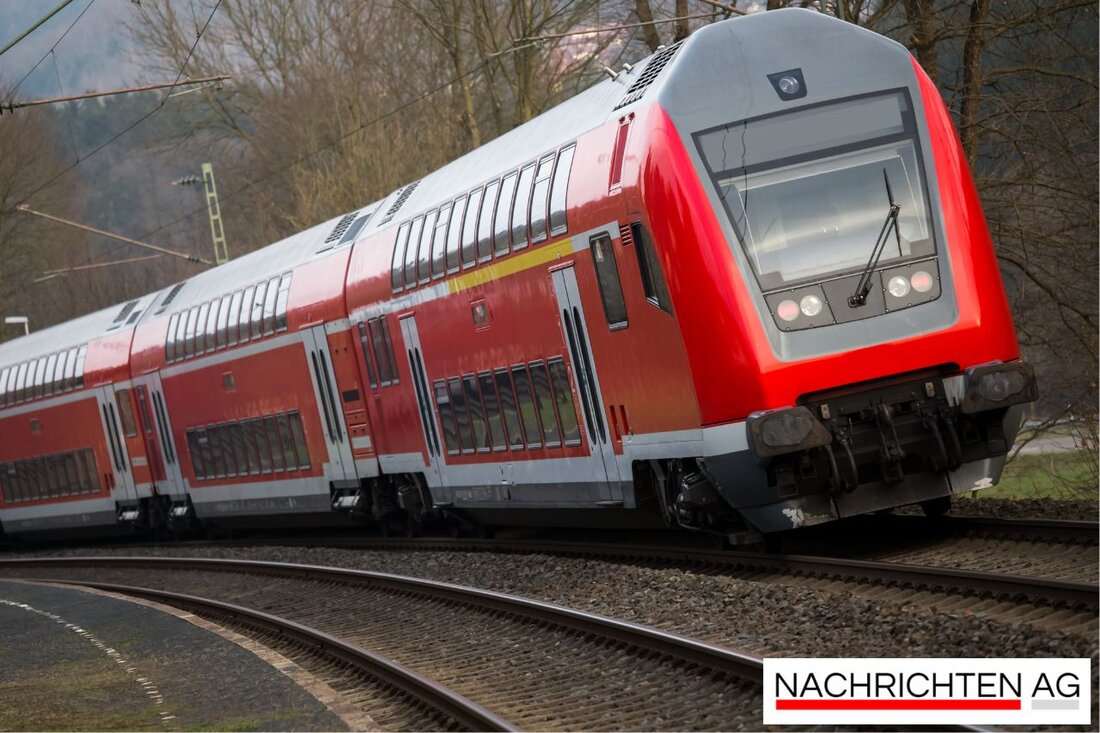Deutsche Bahn is reworking escape routes in the Stuttgart 21 tunnel!
Deutsche Bahn is revising the escape route concept in the Stuttgart 21 tunnel due to geological problems during construction work.

Deutsche Bahn is reworking escape routes in the Stuttgart 21 tunnel!
In Stuttgart there is currently movement in the planning of the enormous Stuttgart 21 construction project. Like that Esslinger newspaper reports, Deutsche Bahn is forced to revise the escape route concept in the tunnel area of Stuttgart 21. This is due to geological problems that arose during the construction of a connecting tunnel in the Filder Tunnel.
Five years ago the original plan for this connecting tunnel had to be abandoned. The problems arose during the excavation of the first connecting structure (VBW 1) when the outer shell of the tunnel was deformed and excavation had to be stopped in 2020. The part that has already been excavated is now used as a technical room, but this does not affect the use of the tunnel. The railway plans to apply for a replacement solution for the escape routes, which it sees as an improvement on the current escape routes.
New concept for escape routes
The basic concept now presented by the railway envisages that two parallel tunnel tubes will be created in the tunnel spaces, with cross passages every 500 meters. For comparison: the Gotthard Base Tunnel has cross passages every 325 meters. Even if the distance between the connecting structures remains at a maximum of 500 meters, a lot of planning still has to go into the revision.
Another aspect that is taken into account in the new plans is the design of the south emergency access road, which runs directly next to the Wagenburg tunnel and has been expanded for emergency vehicles. This measure is intended to ensure that help can be provided as quickly as possible in an emergency.
The challenges of tunnel construction
The challenges that can arise in tunnel construction are diverse. According to information from Geologyscience These include geotechnical conditions, groundwater and safety risks. A thorough site investigation that assesses the geological conditions plays a crucial role in the eventual success of a tunnel project. This is particularly important for projects like Stuttgart 21 in order to identify risks at an early stage and react accordingly.
As part of its new planning, Deutsche Bahn has made it clear that it is taking the existing conditions seriously and is aiming for a quick and safe solution for the escape routes through an approval process. It remains to be seen how the new plan will be implemented and whether it will meet the security requirements.

 Suche
Suche